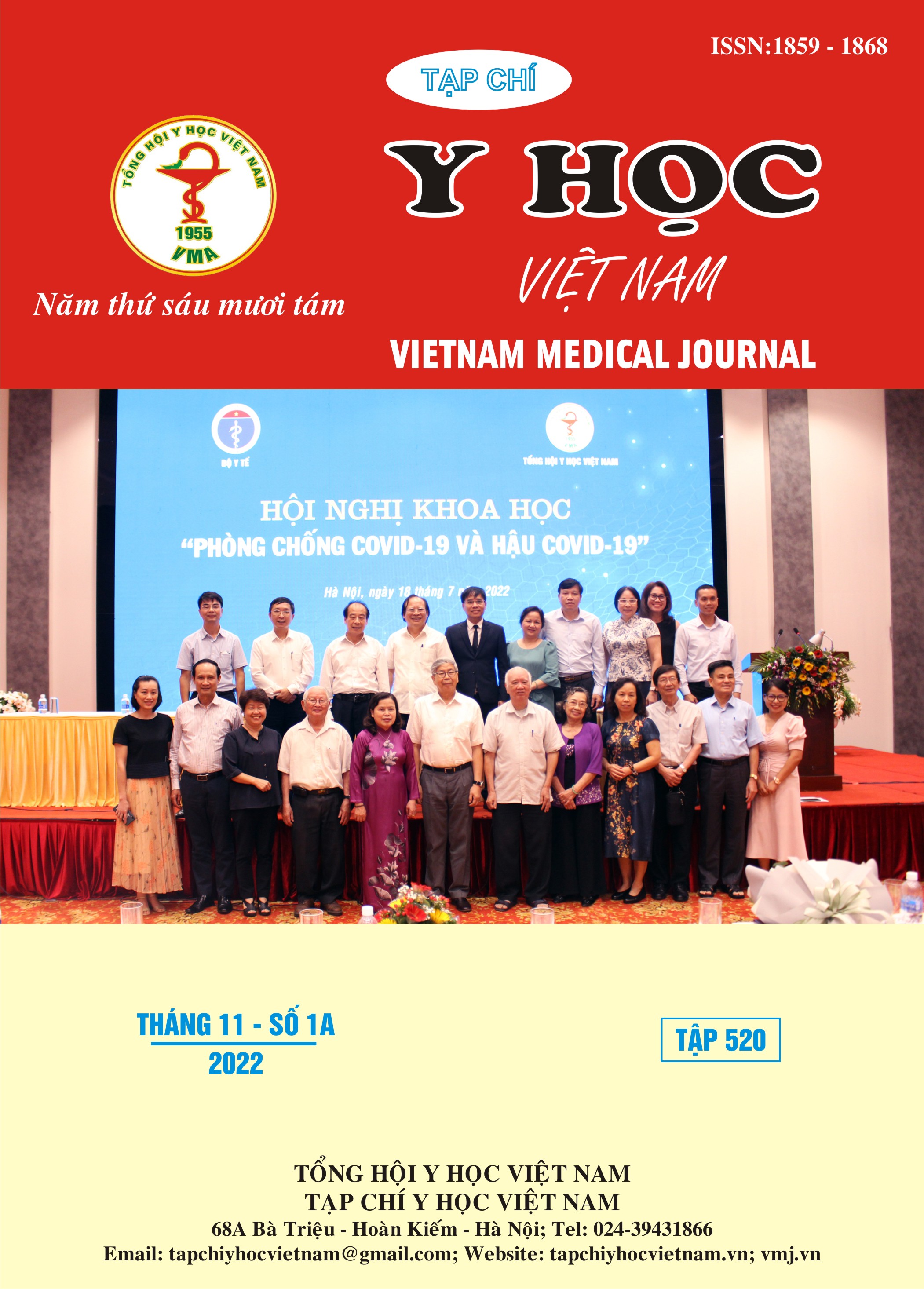CẮT XƯƠNG CHỈNH TRỤC ĐẦU TRÊN XƯƠNG CHÀY ĐIỀU TRỊ THOÁI HÓA VẸO TRONG KHỚP GỐI
Nội dung chính của bài viết
Tóm tắt
Đặt vấn đề: Thoái hóa khớp gối thường khởi đầu ngăn trong khớp gối, tức mòn lớp sụn khớp lồi cầu trong và mâm chày trong. Thoái hóa ngăn trong nặng sẽ dẫn đến biến dạng vẹo trong khớp gối. Việc thay khớp gối toàn phần hiện nay còn nhiều điều hạn chế và phải hy sinh ngăn ngoài là điều không cần thiết. Chính vì vậy phẫu thuật cắt xương chỉnh trục là phương pháp phẫu thuật bảo tồn khớp thích hợp nhất cho những người trung niên. Phương pháp nghiên cứu: Nghiên cứu tiền cứu mô tả dọc với các bệnh nhân thoái hóa vẹo trong khớp gối được mổ phương pháp cắt xương chỉnh trục. Đối tượng nghiên cứu: Từ 01/2006 đến 01/2016, tài BV SAI GON – ITO chúng tôi đã phẫu thuật cắt xương chỉnh trục cho 45 trường hợp thoái hóa vẹo trong, tuổi từ 45 đến 60. Theo dõi trung bình 7 năm (từ 6 tháng đến 10 năm). Đánh giá triệu chứng lâm sàng và hình ảnh thoái hóa trên Xquang. Kết quá: 38 trường hợp đến thời gian theo dõi vẫn còn tốt về mặt lâm sàng, đi đứng không đau. 7 trường hợp còn lại thỉnh thoảng đau mặt trước khớp gối. Chưa có trường hợp nào phải thay khớp gối nhân tạo. Liền xương 100%. Gập duỗi gối hoàn toàn. Không xảy ra các biến chứng như nhiễm trùng, cứng khớp... Kết luận: Phương pháp cắt xương chỉnh trục đầu trên xương chày ít xảy ra biến chứng, kết quả liền xương tốt. Phục hồi chức năng khớp gối tốt, tầm vận động khớp tối đa. Phương pháp này thích hợp cho những người thoái hóa vẹo trong khớp gối mà tuổi chưa cao, nhu cầu đi lại nhiều
Chi tiết bài viết
Từ khóa
thoái hóa khớp gối, cắt xương chỉnh trục
Tài liệu tham khảo
2. Insall, J. N.; Joseph, D. M.; and Msika, C.: High tibial osteotomy for varus gonarthrosis. A long-term follow-up study. J. Bone and Joint Surg., 66-A: 1040-1048, Sept. 1984.
3. Jakob, R. P., and Murphy, S. B.: Tibial osteotomy for varus gonarthrosis: indications, planning, and operative technique. In Instructional Course Lectures, American Academy of Orthopaedic Surgeons. Vol. 41, pp. 87-93. Park Ridge, Illinois, American Academy of Orthopaedic Surgeons, 1992.
4. Kirgis, A., and Albrecht, S.: Palsy of the deep peroneal nerve after proximal tibial osteotomy. An anatomical study. J. Bone and Joint Surg., 74-A: 1180-1185, Sept. 1992.
5. Krackow, K. A., and Lennox, D. W.: High tibial osteotomy: techniques for accurate angular correction and new techniques of internal fixation for early range of motion. Orthop. Trans., 7: 503, 1983.
6. Maquet, P.: The biomechanics of the knee and surgical possibilities of healing osteoarthritic knee joints. Clin. Orthop., 146: 102-110, 1980.
7. Matthews, L. S.; Goldstein, S. A.; Malvitz, T. A.; Katz, B. P.; and Kaufer, H.: Proximal tibial osteotomy. Factors that influence the duration of satisfactory function. Clin. Orthop., 229: 193-200, 1988.
8. Ogata, K.; Yoshii, I.; Kawamura, H.; Miura, H.; Arizono, T.; and Sugioka, Y.: Standing radiographs cannot determine the correction in high tibial osteotomy. J. Bone and Joint Surg., 73-B(6): 927-931, 1991.
9. Paley, D.; Maar, D. C.; and Herzenberg, J. E.: New concepts in high tibial osteotomy for medial compartment osteoarthritis. Orthop. Clin. North America, 25: 483-498, 1994.
10. Waugh, W.: Tibial osteotomy in the management of osteoarthritis of the knee. Clin. Orthop., 210: 55-61, 1986.
11. Yasuda, K.; Majima, T.; Tsuchida, T.; and Kaneda, K.: A ten- to 15-year follow-up observation of high tibial osteotomy in medial compartment osteoarthrosis. Clin. Orthop., 282: 186-195, 1992.


